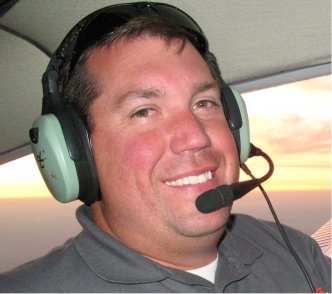You have probably already heard about the changes to airman certification standards (ACS) that are coming as an update to and combination of current practical test standards and knowledge test requirements. While there are articles and resources detailing what these changes are, most flight training providers want to know how to implement the ACS into their business operation. There is still some time to do this, but the changes are going to become effective in early 2016 and a little preparation will help keep your operation ready to serve the needs of your customers in their training.
The first thing to know is that the process of implementation is going to be a staged effort. The FAA is beginning to plan its transition to the ACS framework for certification of pilots, starting with the Private Pilot Airplane, Commercial Pilot Airplane, and then Instrument Rating Airplane, in the next 12 months. This stage will be followed by other categories of aircraft and other certificates and ratings, such as rotorcraft or flight instructor and airline transport pilot certification standards. This roll-in process is being staged in this order simply because it is the typical order of training progression and the largest groupings of certifications/ratings that are issued. This means that a flight training operation should focus on these certificates and ratings in this order as it works to implement the new standards.
Help your staff get to know the ACS early
While the final versions of the ACS have not been released just yet (we expect them to be published in early 2016 with an effective date approximately a month after their publication), the draft documents are available for review now. Your instructor staff members should take the time to get to know these documents early and start planning ahead for their use when training your customers. It would be a good idea to meet with your instructors to review the new standards well in advance of their effective date. On the date they become effective, students will be expected to meet the standards. This means you are likely to have students who have begun their training using practical test standards but will finish their training on the ACS. Work with your staff develop a plan to transition students so they will be prepared to be tested using the new ACS when they are ready for certification.
Coordinate with local examiners
When the change from practical test standards to ACS takes place, examiners will be required to administer practical tests using the new standards. This means they are going to have to be well versed in the standards if they are going to provide tests in accordance with the requirements. Invite a local examiner or a few of them to your operation and host a meeting with your flight instructor staff to discuss with them how these standards will be implemented and tested. This is not only a great opportunity for your staff to get to know local examiners, but also for local examiners to get to know your instructors. Most examiners will welcome the opportunity to meet with instructors who may send them applicants as not only good networking but a good source of potential income.
Provide information to your staff
Flight instructors are busy folks as they work to keep your customers flying actively in your aircraft and the revenue flowing, so help them gain the needed information to stay on top of changes coming in the ACS. You can find information about the upcoming changes (and any updates to this process) on the FAA’s website. You can be sure that AOPA will keep providing information also, but it never hurts to have a few key links available that offer you the ability to be aware of updates. When you see updated information, drop a quick email to your customers with the information or just a link that they should follow to learn more.
Taking the time to get ahead of this process will get your staff ready for when the changes happen and make sure you are providing students the training that will meet the new standards when they become effective.
Still have a few questions about the ACS process itself? You can learn more about this effort through the “ACS FAQs.”
Jason Blair is a designated pilot examiner and flight instructor. He has served as executive director of the National Association of Flight Instructors.



